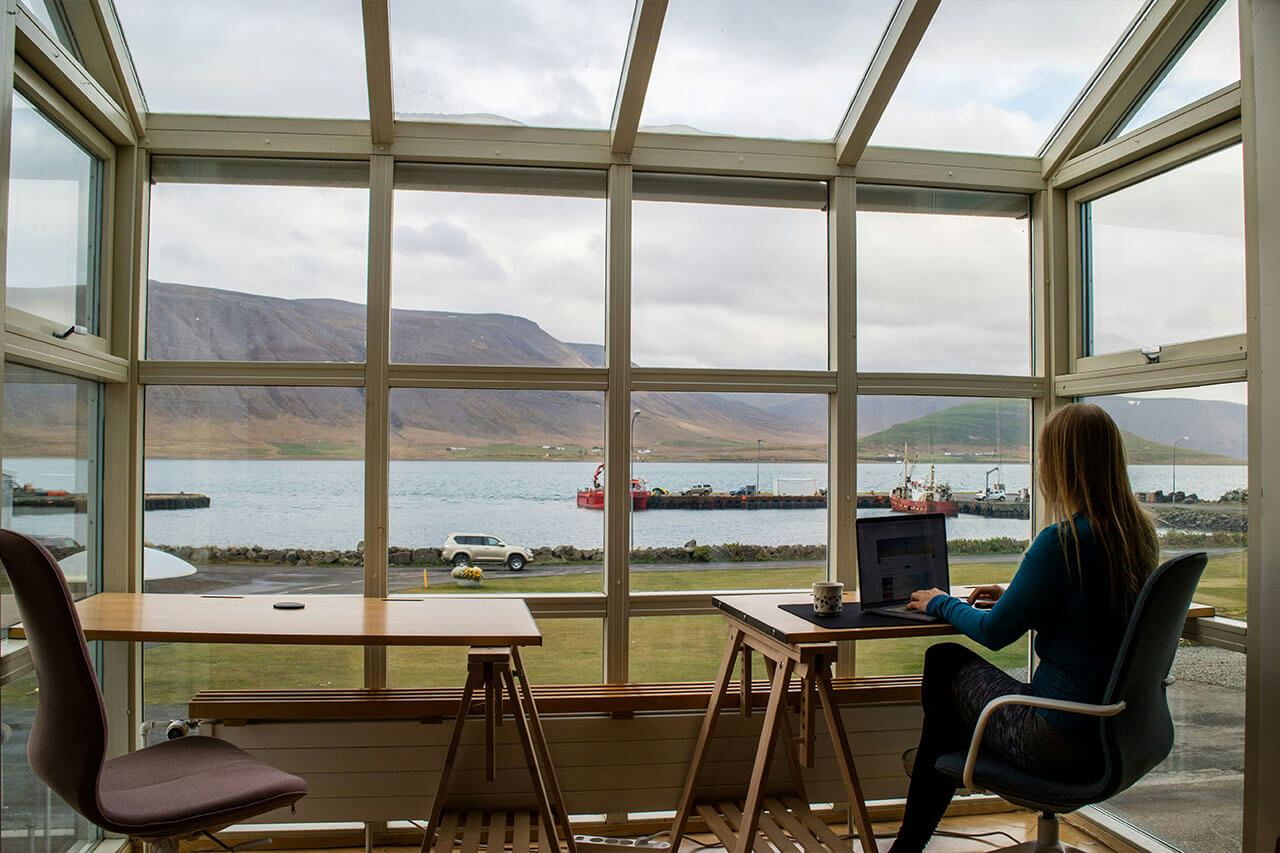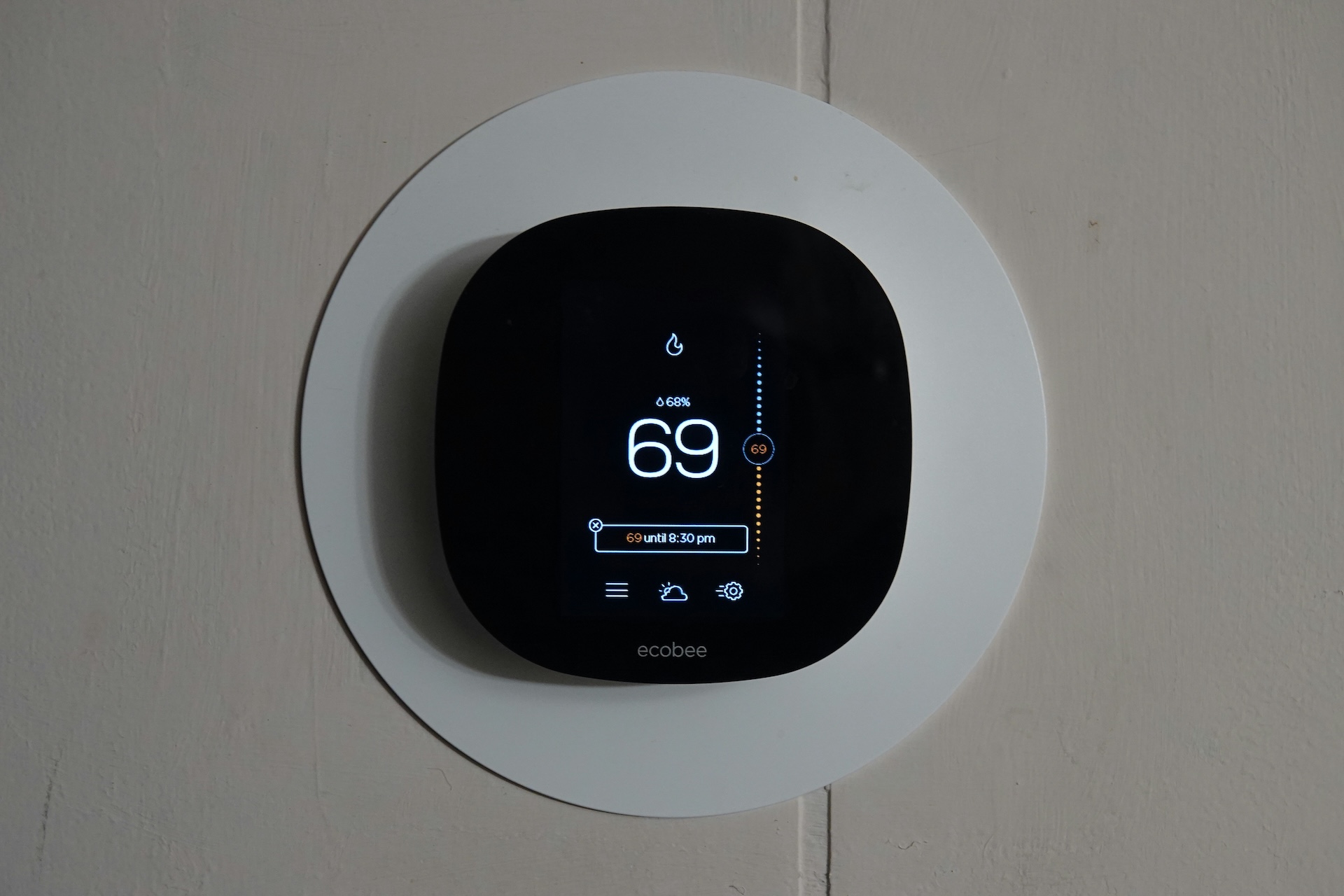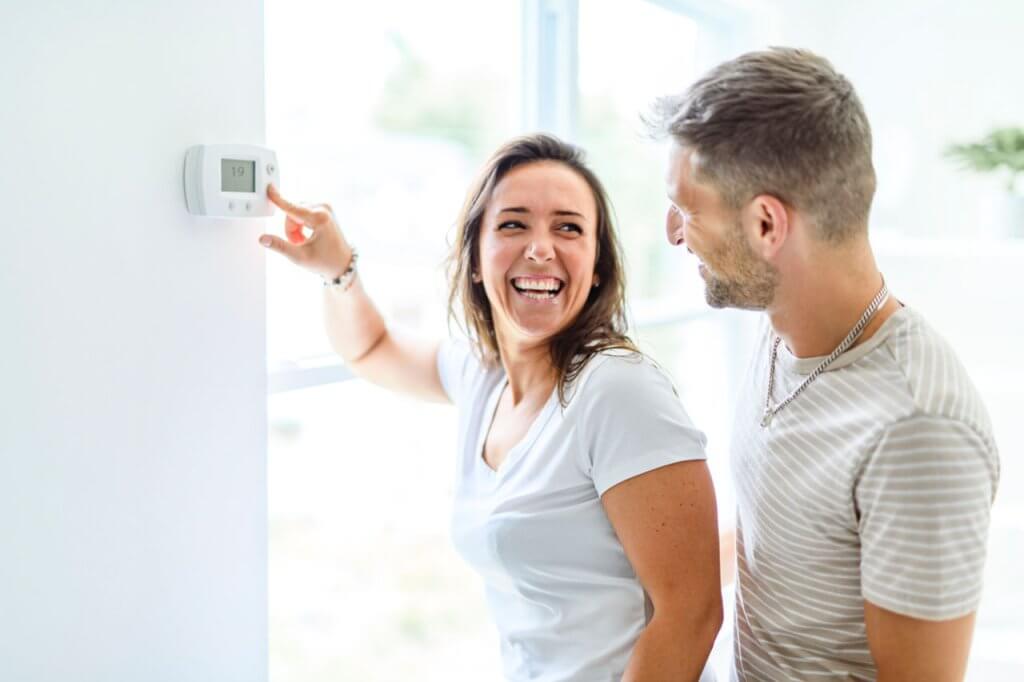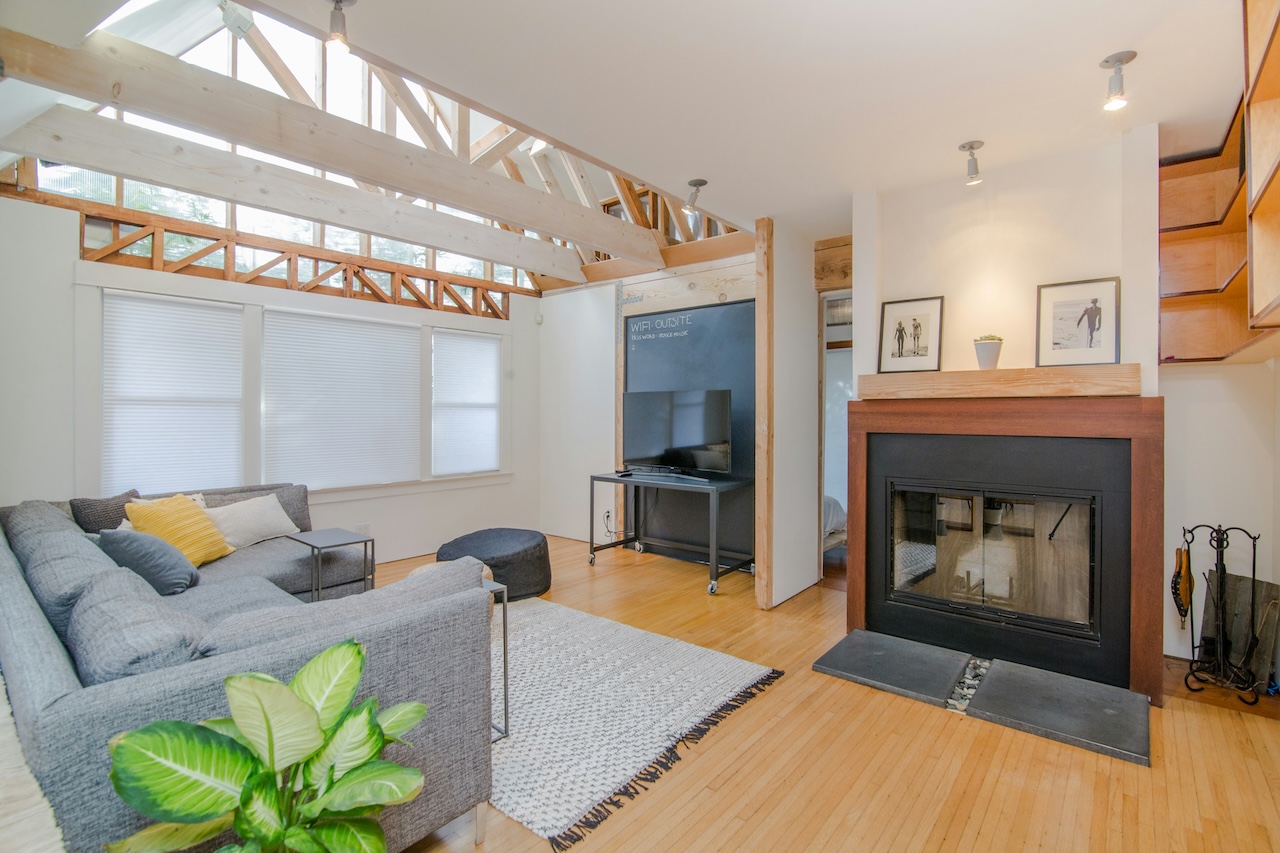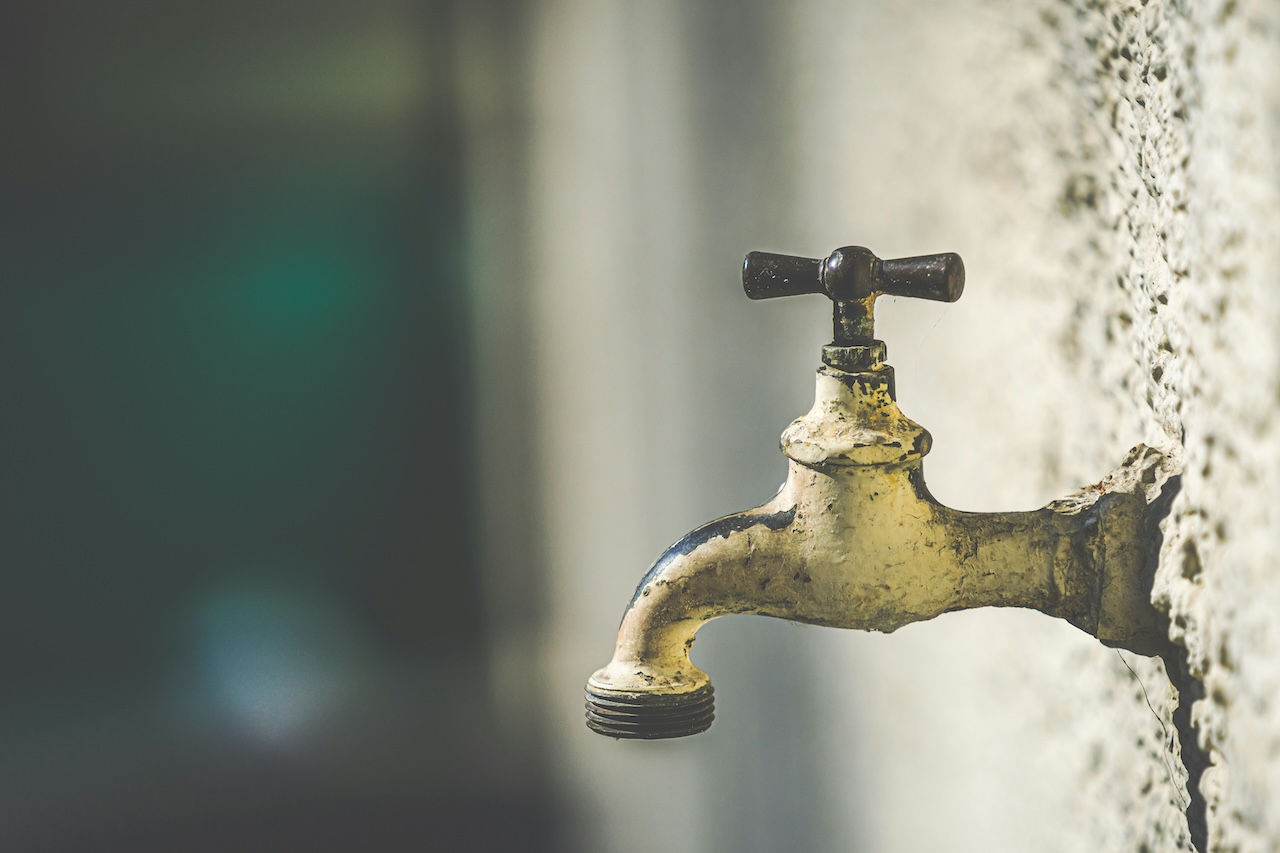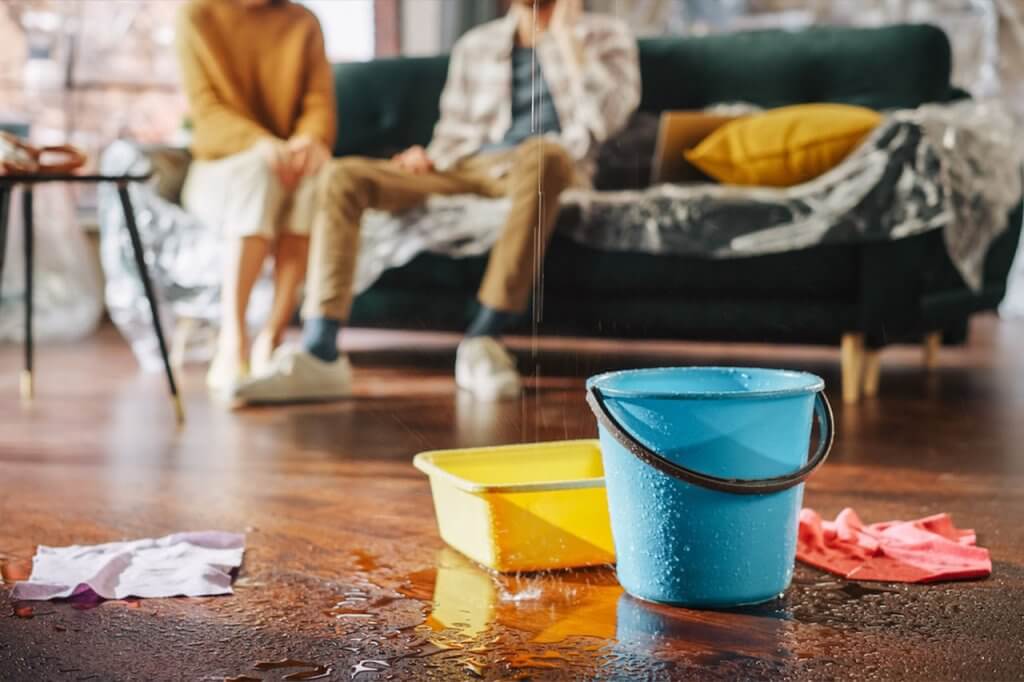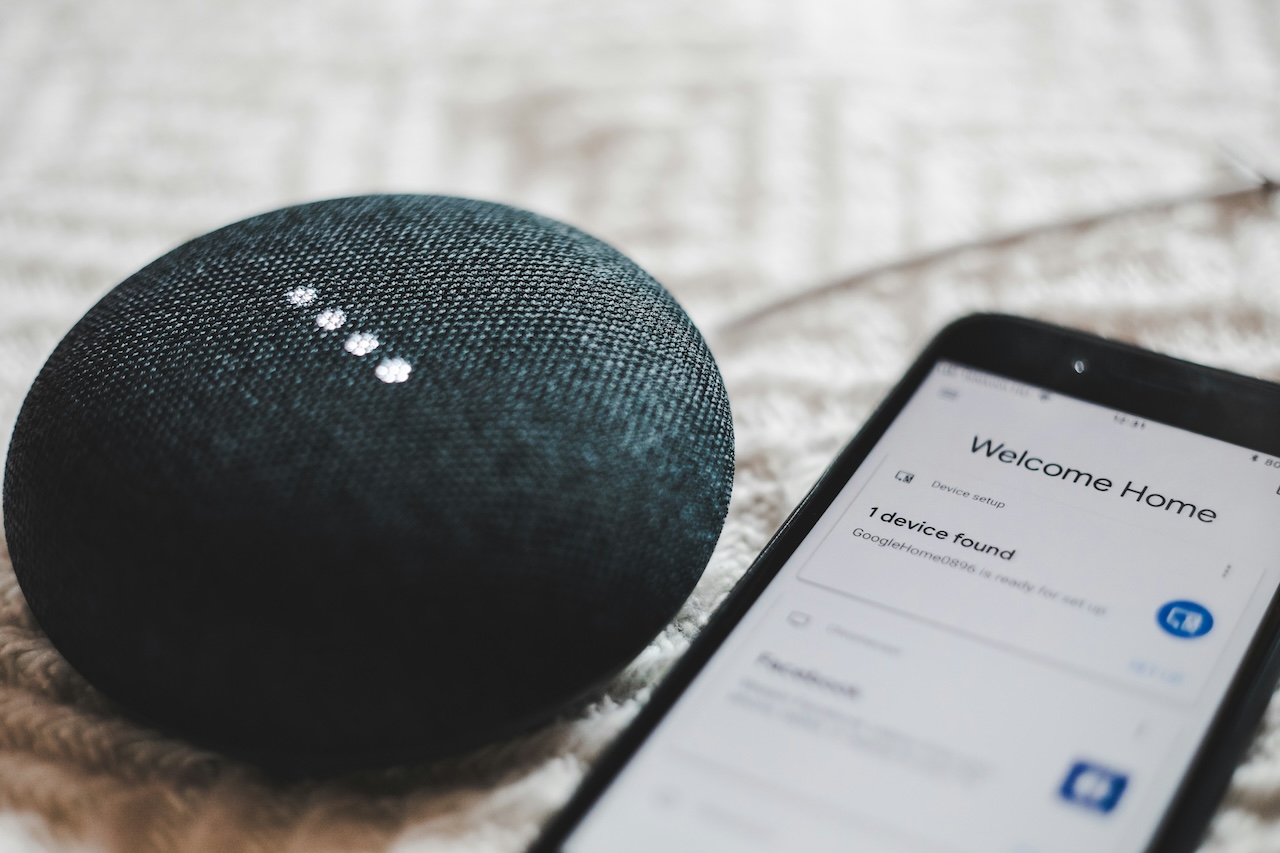Managing a short-term rental from afar might seem risky, but with the right tools, systems, and mindset, it’s easier than ever. In fact, more Airbnb & VRBO hosts are operating profitable properties without ever setting foot inside them. This long-form guide will show you how to manage your Airbnb remotely with confidence, using technology, automation, and smart partnerships.
Why Remote Airbnb Management Works
Thanks to smart devices, cloud-based calendars, and a growing ecosystem of service providers, remote hosting is not only possible—it’s scalable. You don’t need to live near your property to be a great host; you need to have reliable tools and well-designed systems.
Hosts managing properties from out of state benefit from:
- Access to better real estate markets
- Less day-to-day interruption
- Ability to scale multiple listings across cities
Step 1: Build Your Local Team
Cleaners
Reliable cleaning is crucial. A professional cleaning crew that understands Airbnb standards can ensure fast, consistent turnovers. Empower your cleaners to report issues, restock supplies, and notify you of anything unusual.
Maintenance Contacts
Build relationships with trusted local handymen, plumbers, electricians, and HVAC techs. You may not need them often, but when something breaks, you’ll want quick and dependable help.
Emergency Backup
If possible, have a local contact who can be your on-the-ground backup in case of emergencies. This could be a friend, co-host, or property manager on-call.
Step 2: Use Smart Technology
Smart home devices are your best friend when managing remotely. They allow you to control your property from anywhere and respond to issues in real time.
Must-Have Smart Devices:
- Smart Locks: Generate unique codes for each guest. With smart locks, you never need to mail keys or worry about lockouts.
- Smart Thermostats: Pre-set temperatures to save energy when vacant and create a comfortable environment for arriving guests.
- Smart Water Valves: Turn off water automatically between bookings to reduce the risk of leaks and water damage.
- Smart Plugs/Switches: Control lights, heated floors, or mini-splits from anywhere. Automate based on guest check-in/check-out times.
You can read more about all of these automations in our Rental Home Automation 101 article series.
Step 3: Secure Spare Essentials
Guests often run into small problems—like needing extra paper towels or batteries. But you don’t want to leave everything out or risk overuse.
Smart Storage Solutions
Use a locked cabinet with a keypad or smart lock to store:
- Extra linens and towels
- Extra paper towels & toilet paper
- Cleaning supplies & soaps
- Backup remotes and batteries
- Basic toiletries
Give your local team access, and offer temporary guest codes as needed.
Step 4: Create Clear, Visible Instructions
Many guest messages can be avoided with better instructions. Think about having a digital guidebook or a printed welcome book in the house with all of this information. Be careful about how many signs you post around the property, but you want to be sure and include instructions for things like:
- Wi-Fi and streaming setup
- Using the thermostat or appliances
- House rules and checkout steps
QR codes can be a great way to link to a digital guide.
Step 5: Screen Guests Thoughtfully
When managing remotely, prevention is key. Great guests mean fewer problems and less need for intervention.
Tips for Screening:
- Use pricing & previous guest reviews
- Ask confirming questions about their trip to gauge intent
- Have them confirm agreement with house rules
- Avoid last-minute or same-day bookings unless you’re fully automated
Just having a simple, quick conversation with your guest will give you a great idea of how they will be at your home.
Step 6: Automate with Rental Home Automator
This is the secret weapon for remote Airbnb hosting. Rental Home Automator connects your Airbnb or Vrbo calendar to all your smart devices. That means:
- Lock codes activate and expire with bookings
- Thermostats adjust automatically
- Lights and plugs run only when needed
- Water shuts off between stays
You don’t need motion sensors or complicated rules. Just set it up once, and your rental runs itself.
You don’t have to live near your property to be a great host. By following these steps and using smart automation tools, you can manage your Airbnb remotely with ease, confidence, and consistency.
Whether you’re one state away or across the country, Rental Home Automator makes it possible to stay in control and deliver a great guest experience—without being on-site.
Ready to get your devices working for you? Start your 14-day free trail of Rental Home Automator

